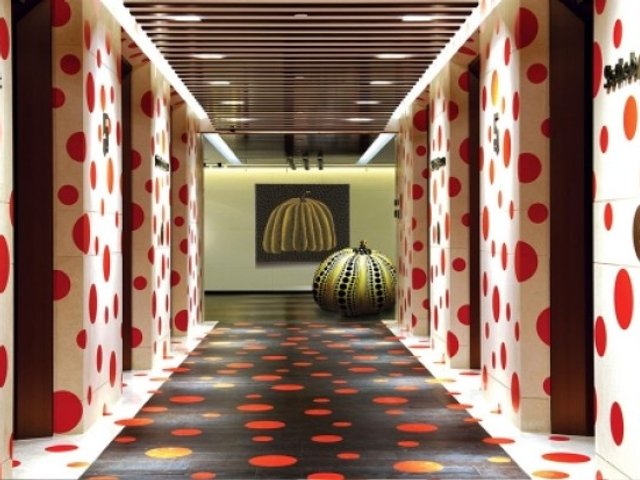A 1950s Abstract Expressionist painting by Philip Guston, Nile (1958), will go under the hammer at Sotheby’s New York next month with an estimate of between $20m and $30m, the highest ever for a work by the artist at auction.
The work, consigned to the auction house’s Modern evening auction on 17 May, comes from the collection of the Dallas-based couple Peter and Edith O’Donnell. All sale proceeds will go towards the O’Donnell philanthropic foundation, which supports science and arts initiatives. Two of the artist’s later figurative works are also due to go on the block at Sotheby’s contemporary evening auction 19 May in New York: Remorse (1969), which has an estimate of $5m to $7m, and Studio Celebration (1978). The artist's auction record stands at $25.9m for the sale of To Fellini (1958) at Christie's New York in 2013.
“It was during his period with his peers of the New York School that Guston developed his signature technique and style that is epitomised by Nile…. Working so close that he lost all sense of space and depth, sometimes close enough for paint splatters to get in his eyes, Guston forged a new type of painterly intensity, reaching its apex in Nile,” says a Sotheby’s statement. Nile goes on view in Sotheby’s London galleries from 8 to 13 April, followed by Hong Kong from 24-27 April, before returning to New York (6-17 May).
The sale coincides with a renewed scrutiny of Guston’s art historical legacy as the controversial exhibition Philip Guston Now opens at the Museum of Fine Arts, Boston next month (1 May-11 September). It was postponed in late 2020 by the directors of the four museums behind the show—Tate; National Gallery of Art, Washington DC; Museum of Fine Arts, Boston; and the Museum of Fine Arts, Houston—who in a joint statement cited “the racial justice movement that started in the US [following the death of George Floyd]… in addition to challenges of a global health crisis” as reasons behind the decision.

Philip Guston's Ominous Land (1972) made $9.4m at Sotheby's last year. Courtesy of Sotheby's
Though it was not referred to explicitly in the statement, it seems that Guston’s paintings and drawings featuring hooded figures evoking the Ku Klux Klan (KKK) were the issue. A wave of condemnation followed from art world figures, but Kaywin Feldman, director of the National Gallery of Art, Washington DC, said that “it just felt like this was a tough time in America to do this exhibition, particularly at this moment”.
Last November, Ominous Land (1972), featuring a hooded figure, achieved $9.4m (with fees) at Sotheby’s in New York against a $6m-$8m estimate, making it the artist’s most expensive picture to incorporate a KKK motif to be sold publicly. It was consigned by the estate of the Philadelphia collectors Gabriele and Robert Lee who purchased the work directly from David McKee Gallery in 1974. Having made a name as a key member of the Abstract Expressionism movement, Guston confounded critics with a return to figuration in 1968.






